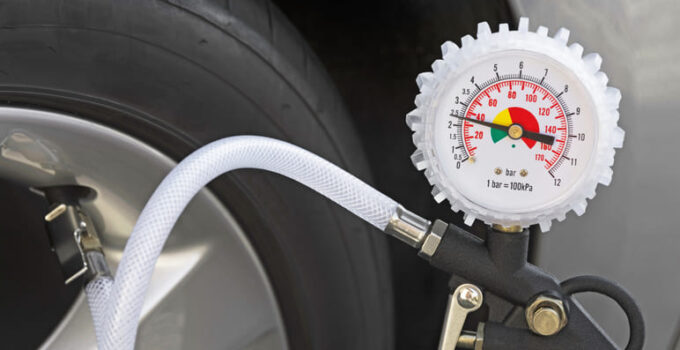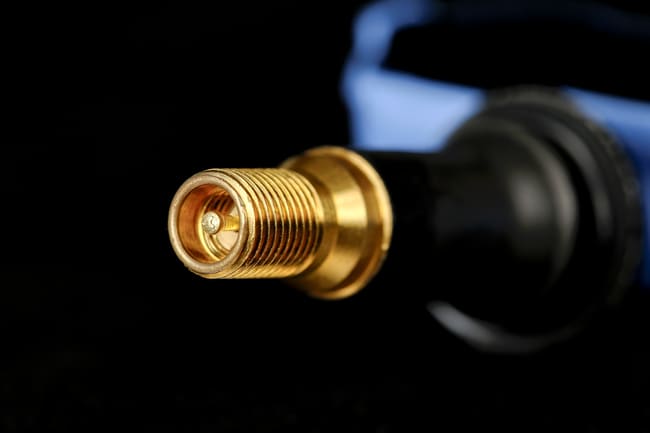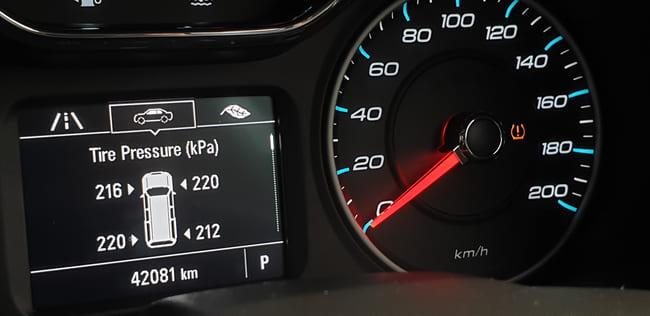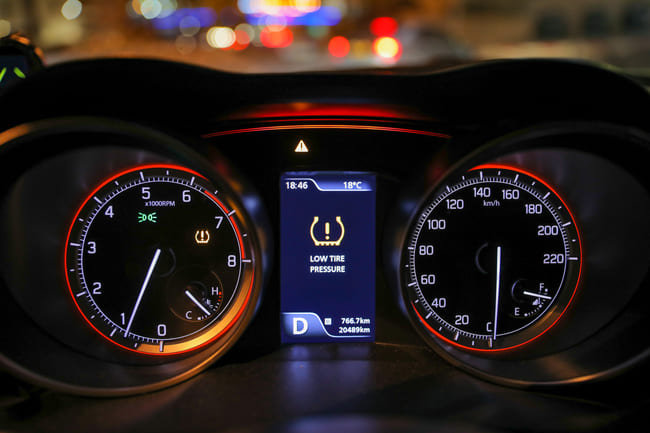
There are many assistance systems in vehicles today, including a tire pressure monitoring system . But what is that actually and can you actually retrofit a tire pressure monitoring system? What does a TPMS sensor do and are these tire pressure monitoring sensors mandatory? We will answer these and many other questions in detail in the following article.
Contents
- 1 The tire pressure monitoring system
- 2 What types of tire pressure monitoring systems are there
- 3 Is it worth retrofitting a tire pressure monitoring system
- 4 How tire pressure monitoring systems work
- 5 Special features of your tire pressure monitoring system after a tire change
- 6 The obligation for a tire pressure monitoring system
- 7 What can I do if my Tire pressure monitoring system not working (anymore)
The tire pressure monitoring system
You will find this component of your vehicle in all of your vehicles in The United Kingdom since 2014approved new vehicle. Because from that point on, the manufacturers were obliged to equip all cars with it. However, this does not mean that you cannot find TPMS sensors on older vehicles – on the contrary, such systems have been available as optimal equipment for many years.
What types of tire pressure monitoring systems are there
In principle, a distinction is made between so-called directly measuring systems and indirectly measuring ones. Indirect measurements are preferred, particularly for vehicles from the Volkswagen Group. A big advantage is that you as a driver hardly have to pay attention to anything when buying new tires and/or rims. Only a training ride may be necessary if you drive around with a different rim size. Because you do not have to buy any additional TPMS sensors for the winter tires (or rims) that are to be purchased later, there are no additional costs here. In the case of directly measuring systems, the situation is exactly the opposite. Here you need new sensors, which in extreme cases are new and include assembly for four tires at 200–400€ can lie. The direct measuring systems are associated with considerable additional costs, but measure the pressure with greater precision.

Is it worth retrofitting a tire pressure monitoring system
There is no general answer to this question – but in most situations the TPMS system retrofit can bring great advantages. First and foremost, this concerns your vehicle safety. Because if you have such a system installed or have it installed, you will always be warned directly if the tire pressure is too low. This also applies to sudden events, which can prevent major damage to the tires caused by a complete loss of air.
How tire pressure monitoring systems work
First of all, let’s take a look at the indirect measurement systems. Here you take advantage of the fact that the tire pressure determines the rolling circumference and the behavior of the wheel in general. Therefore, with this technology, additional tire pressure monitoring sensors are often integrated into the vehicle’s ABS. This also allows for a simpler design and no additional dedicated control unit is usually required. In principle, the ABS control unit determines the rolling circumference and uses this in connection with the wheel speed to evaluate whether the tire pressure is still correct.
In contrast, with the direct measurement systems, the appropriate tire pressure sensors are already built into the wheels. This is often done by using special valves. Such systems offer the best measurement, since the tire pressure can be determined directly and accurately. The tire pressure monitoring sensors have a battery in the sensor in order to transmit the specific sensor data wirelessly to the control unit.

Special features of your tire pressure monitoring system after a tire change
If you replace the tyres, the indirect systems in particular have to relearn the behavior of correctly rotating wheels and tires. In addition, many of these TPMS systems have the option of actively triggering such a learning process. Please also consider that the TÜV and Dekra check whether your TPMS is working properly as part of a main inspection. If this is not the case and your vehicle was built after 2014for the first time, a significant defect will be determined and the sticker will not be issued.
As long as the sensors for the tire pressure monitoring system have been correctly adjusted and trained in a workshop, there is no need for the directly measuring systems to To change something in the tire pressure monitoring system when changing tyres.
The obligation for a tire pressure monitoring system
The regulations issued by the legislature initially apply to all after 2014newly registered vehicles. Vehicle models manufactured after November 1st, 2012who have received a new type approval are also equipped with a TPMS system right from the start. You should note that if the tire pressure monitoring sensors are installed directly in the wheels, this obligation also includes equipping your winter tires. Please note that these regulations also apply if you drive a compact motorhome or a vehicle with a maximum of eight seats (categories M1 or M1G) or an SUV.
What can I do if my Tire pressure monitoring system not working (anymore)

First of all, you should check whether the message is correct when the corresponding lamp lights up. In principle, this is always displayed when the tire pressure falls below a specified minimum value. This can also happen very suddenly if you drive over a sharp object and your tire loses all air. Otherwise it is often and a gradual process. In any case, leave the motorway, slow down and then check all wheels to see whether they have lost pressure. If this is the case, you should restore the correct pressure. Checking for damage to the tires also makes a lot of sense.
If you have replaced the tyres, you should relearn them, if possible in accordance with the vehicle’s technical manual. This is especially true if your car has one of the indirect measurement systems.
Conclusion
A tire pressure monitoring system has not just been 2014a mandatory feature of new cars, but it also offers you a significant increase in safety. Accidents still happen very often today, or the consequences of the accident worsen because the vehicles involved did not have the correct tire pressure. It can therefore also be worthwhile equipping older vehicles with tire pressure sensors.
A tip from CarTipsandmore: The service life of tire pressure sensors is in the range of 5 >–7 years or about 150,000 driven kilometers. So if you have problems with the tire pressure monitoring system after this time, you should first consider whether it might make sense to replace the TPMS sensors.
